"Let me start with some heresy," said W. Bro. Trevor Stewart, beginning his lecture at Cincinnati Lodge No. 3 in Morristown, New Jersey earlier this evening. "I am not a heretic, but I am on the side of heretics. They live more interesting lives... and have more interesting deaths!"
The topic of Trevor's heresy this time is the Pillars in Masonic ritual, in a lecture that is the abridgment of a published and more technical work of research, but still covering highly useful points including: the names Jachin and Boaz; the casting of the Pillars; their use as archives for Masonry; the placement of globes atop them; and their ritual use in the modern lodge.
"King Solomon's Temple may well have not existed," said Trevor, defining his heretical speculation directly. "There is no archaeological evidence of such a large and magnificent structure, as described in 1 Kings and 2 Chronicles."
These books of the Bible "were written 500 years after the events they try to describe by a priestly class" that had an educational need "to make Solomon's Temple the cultic center" of society.
And there is no trace of KST in the ancient records of the neighboring nations – Babylon, Egypt, Assyria, Greece – he added. All are "curiously silent" on King Solomon's activities, and there is no external record of Nebuchadnezzar destroying it. "The Wailing Wall is supposed to have Phoenician inscriptions, but they have not been deciphered or dated.
"Assuming it did or could have existed, there are aspects that interest Freemasons," he continued. "But they are problematic. There are problems here if you take (1 Kings and 2 Chronicles) literally as presented. But it is symbolic Freemasonry we are engaged in.
"Pillars have fascinated men since the beginning of civilization," Trevor explained. "In their view of the cosmology, they believed the heavens were supported by pillars. There is hardly any kind of ancient civilization that had no pillars, and not necessarily with religious buildings only, but with secular ones as well.
"There are about 400 words in 1 Kings and 2 Chronicles that tell the story of Solomon's Temple. It was meant to house the Ark of the Covenant. It was to be a stone copy of the Tabernacle, an idealized copy, carved out almost in the same kind of dimensions, but the Tabernacle itself did not have pillars. The two pillars didn't figure into the Second Temple of Zerubbabel. The vision of the Second Temple in Ezekiel – a dream description, not a factual description – indicates that pillars were not important."
Instead, Trevor explained, meanings were communicated in single pillars with special names. There was Beth El ("the House of God") and Mizpah ("a pillar in the wilderness"). But why Jachin? Why Boaz? "The two pillars assumed a huge significance in the 18th century" when Masonic ritual took the form we know today. "Josephus didn't ascribe much significance to those names, nor did early Church figures like Bede. So why were they chosen? Is there Kabbalistic significance?"
Evidently it was during the late 17th century when a fascination of KST gripped educated people. In 1691, "a Scottish minister wrote that the Mason's Word is like a rabbinical teaching on Jachin and Boaz, with the addition of some secret signs." Books like "Orbis Miraculum" (1659) by Samuel Lee, and "Solomon's Temple Spiritualized" (1688) by John Bunyan reflected a curiosity of KST in that age when Freemasonry began to take its modern shape. It was a change of focus from the antediluvian pillars of the children of Lamech, which concerned the operative masons of previous centuries, as noted in the Regius and Cooke manuscripts. The shift progressed by 1723 upon the publication of Anderson's Constitutions, which gives a description of KST, but without naming the two Pillars. But then, the 1738 revision of the Constitutions reverts to the antediluvian pillars!
"From 1696 to 1726 we have 16 manuscripts that give us clues," Trevor said. "There is a gradual progression of Solomonic Pillars entering the lodge room." First, we see the names of the two Pillars were used in the instruction of candidates. Then there were "crude illustrations of the Pillars on tracing boards." Then there were the miniature columns at the Wardens' stations. "And finally, at the end of the 18th century, there are the full grown, or scale, pillars in the lodge room. The lodge takes on the form of a sacred space, laid East to West, like a temple, with the Pillars."
"Ancient Hebrew is a difficult language to master," he added. "There are 22 consonants with a system of vowels to help in pronunciation, but it is highly conjugated – with many tenses and moods – and no spaces between written words and sentences. And modern Hebrew is not much help.
"The Bible is inconsistent in assigning meanings to the names of the Pillars, and does not support our ritual. Dumfries Manuscript No. 4 (circa 1710), was the first time Masons tried to work out the meanings of the names, hinting at the power of God.
But there is no obvious reason why they were chosen to establish some special significance, he continued. "And why only two pillars when the numbers three, five and seven are so important? Is it an ancient principle of duality" or because there were only two degrees at that time?
At this point Trevor realized time was growing short, and he progressed quickly to the other subtopics he wanted to cover before the hour grew too late.
"Where were the Pillars cast?" he asked. "2 Chronicles tells us in the clay grounds between Succoth and Zeredathah, but there is no archeological evidence of copper refining there. There is no evidence they had sufficient quantity of copper to make the Pillars, as described, but there is some evidence of importing copper ingots from Turkey at about 1,200 BC," not too long before the time of KST. "But it is highly unlikely that ancient peoples knew how to cast brass."
Addressing the ritual description of the Pillars as repositories of archives, Trevor asks why anyone would seal vital information inside hollow pillars where there would be no access. "I found it a ridiculous explanation as a young Mason from practical terms," he recalled. "But what you have is this: a confusion of the children of Lamech pillars with the Solomonic pillars.
"There was a huge industry in Egypt-mania in the 18th century, which explains why the composers of our ritual made the Pillars the containers of archives." Egyptian hieroglyphics, in the time before the Rosetta Stone made sense of them, were appropriated for Craft ritual purposes and projected upon the two Pillars as records of ancient wisdom.
And supposing that ritual was written by committee, "and that committee not leaving well enough alone, added globes" to the tops of the Pillars.
"The globes are an English invention," Trevor said. "This was the Age of Discovery" when images necessary to navigation were important. By contrast, the French did not use globes, but "went in a totally different direction," using bowls instead, as "containers or vessels."
So why do we use our two Pillars?
"If we are Speculative Masons, we want to use symbols for our purposes. Why do we have the Pillars? Because the candidate enters between them," and that they are always in the West "is not an accident. It is a statement about Kabbalah.
"The 10 sephiroth is the Tree of Life. There are three parallel columns ranging from severity to mercy as ways of looking at 10 emanations of God, to depict the impossible.
"The third is the middle column: the balance between severity and mercy. It is possible that by placing the candidate between the Pillars, he is supposed to be that balance. Aren't we supposed to be balanced men? Happy, useful men in society? It is possible that by placing the candidate between them, we are making a statement.
"I offer it for your criticism and analysis. The Pillars are not there by accident, but we don't think about them enough.
"We have this tradition in England called 'Lodges of Instruction,' " he continued. "At first I thought 'Great! I'm going to be instructed in this!' but they really are lodges of rehearsal.
"A special plea, if I may: This basic symbol of when we first come into the lodge? Make it useful in some class of instruction."
It was getting late, but there was time for a question-and-answer session.
One brother asked if anything connected Sir Isaac Newton to Masonic ritual.
"Yes," Trevor replied. "He was obsessed with Solomon's Temple, and his disciples were Masons and Fellows of the Royal Society. He was an alchemist in physics, but he was working on a manuscript for 50 years... right up until 14 days before he died because he wanted to establish the measure of the cubit as a means to measure the earth and determine the longitude and latitude."
Another asked about the use of two pillars in alchemical symbology, and if that figures into the evolution of Masonic identity.
"I've been to 36 libraries owned by 36 Freemasons of the 18th century," Trevor said. "They all had the same alchemical texts. They had magpie minds."
Your correspondent couldn't resist teasing the guest speaker a bit. "Trevor, the timing of your 'heresy' is impeccable," said I. "We're now a few hours into the Jewish New Year!"
The Worshipful Master's presentations to Trevor included two books. Cincinnati Lodge, chartered in 1803, is named for the Society of the Cincinnati, the organization founded in 1783 by American and French officers of the American Revolution to perpetuate lasting contact among these veterans. Its first president was George Washington, who made Morristown a vital strategic base of operations during the Revolution. One of the books given was "Private Yankee Doodle," the memoirs of Joseph Plumb Martin, who served there under Washington. The other was "Rules of Civility and Decent Behavior," which is commonly attributed to Washington, but actually is an older guide to gentlemanly conduct introduced to Washington at a young age.

Bro. Stewart is employed in a speaking tour of the area, and other parts of the country, through the next two weeks, appearing in numerous Masonic, Martinist and Rosicrucian venues. The companion, or concluding, lecture to Monday night's presentation will be delivered Wednesday, Oct. 8 at historic Alpha Lodge No. 116 in East Orange.






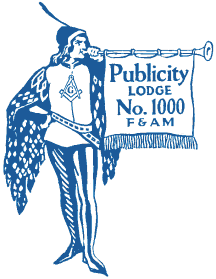

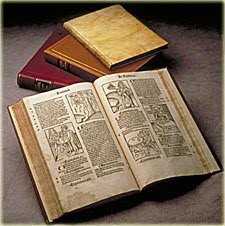


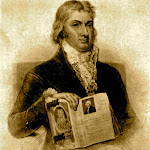




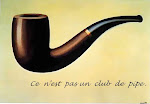
















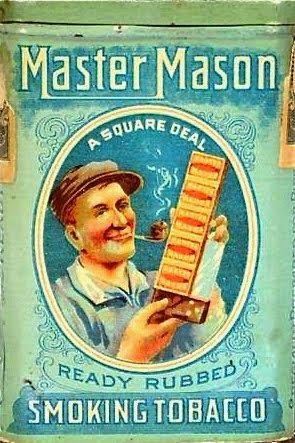


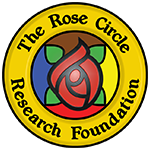

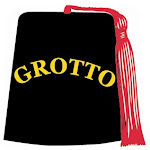








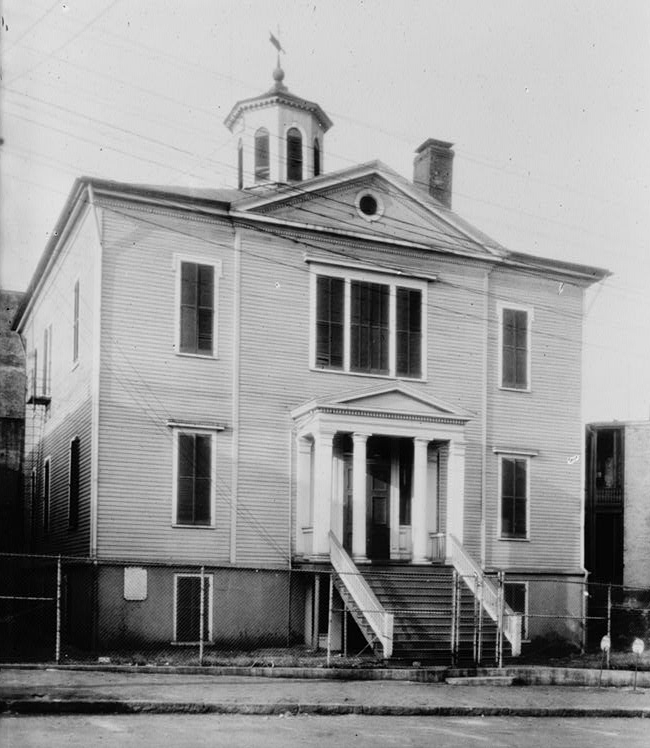
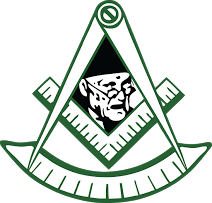
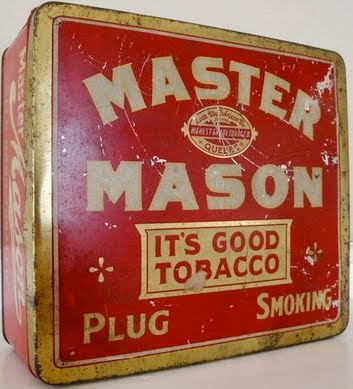



1 comment:
The way in which we were lead through an exhausting archeological, academic analysis of the components and liturgy of the Masonic craft degrees and their origins was of the very highest standards from the perspective of both a teacher and a student lifetime learner. But, the climactic crescendo of esoteric insight into the meaning and purpose of the pillars was simply exhilarating.
Post a Comment